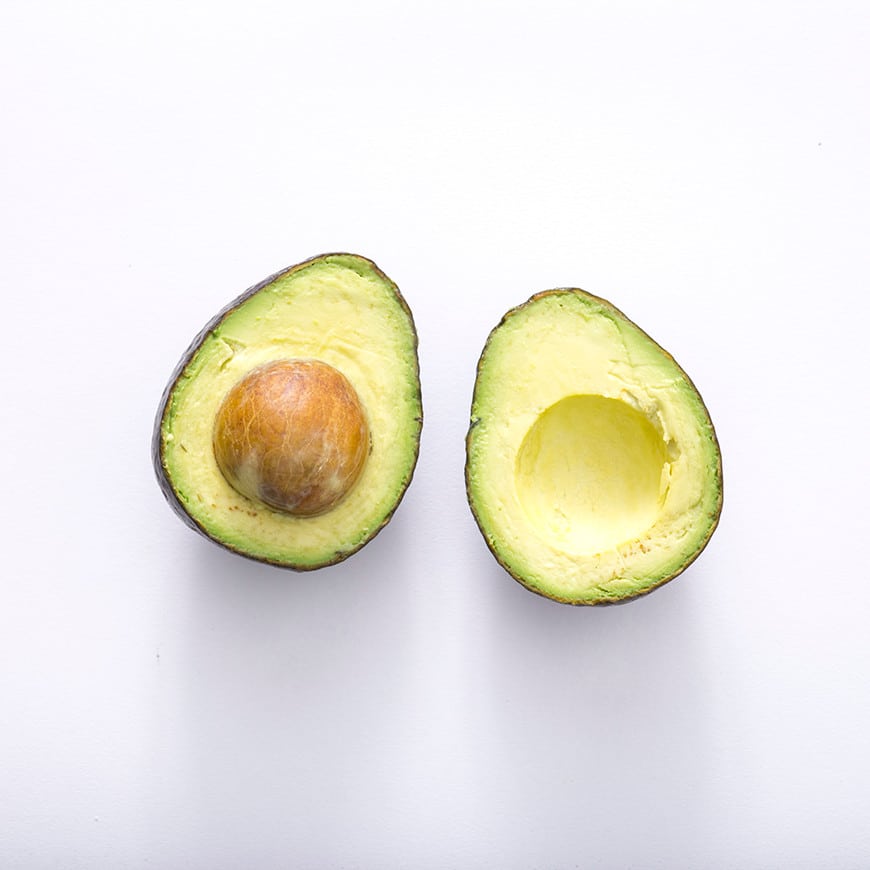Kegel Exercises
To start with, let’s clarify… is it kegal or kegel? The correct term is “kegel.” These exercises are named after Dr. Arnold Kegel, an American gynecologist. Dr. Kegel observed that pelvic floor weakness was common after childbirth. He postulated on the concept of exercise. If you can exercise your biceps, why not your pelvic floor muscles?
To answer this question, Dr. Kegel developed an instrument. The instrument was a compressible bulb attached to a dial called a perineometer. His participants inserted the bulb into their vagina. Then, they would squeeze their pelvic floor muscles. The dial provided visual feedback on the strength of the squeezes. He used the instrument to guide thousands of patients through exercises to strengthen weak pelvic floors. Dr. Kegel’s 1948 study proved active exercise aids in restoring injured pelvic floor muscles. Modern technology (e.g., MRI and ultrasound) has validated his original findings. Today, Dr. Kegel is still considered a pelvic health pioneer.
What are kegels/what is a kegel?
Think of it as genital aerobics! Simply put, kegels are contract-and-release exercises for women’s pelvic floor muscles. The muscles surrounding the urethra, vagina and anus are all contracted and released in unison. One kegel is a single round of contracting and releasing. Multiple sets of repetitions make it a complete exercise.
Why are kegels important?
There are many factors that can lead to weak pelvic floor muscles. Pregnancy, childbirth, surgery, aging, and obesity are all linked to pelvic floor issues. Excessive straining from constipation or chronic coughing are also causes. Those with a weak pelvic floor may experience stress or urge incontinence. This condition can impact sexual health, weakening orgasm strength or genital sensations. Kegel exercises help restore normal contractility in the pelvic floor. These exercises have the potential to reduce pelvic floor problems to a great extent!
Who needs to use kegels?
Kegel exercises can help those looking for solutions for the following:
- urine or stool leaking
- sudden urge to urinate
- strengthening of the perineum after childbirth
- preventing pelvic organ prolapse
- increasing sexual pleasure
- and more!
Kegels help vulva-owners develop the ability to control pelvic floor muscles in preparation for labour and birth. The weight of a baby during pregnancy weakens the pelvic floor. Thus, kegels post-pregnancy benefit both those who experience vaginal and cesarean births. Kegels aren’t for everyone. For example, those with hypertonicity may not benefit. Hypertonicity refers to the condition of pelvic floor muscles being tense. Pelvic floor muscles need to be able to relax to allow for healthy urination and bowel movements. With hypertonicity, you may experience constipation, pelvic pain and/or painful penetrative sex. When pelvic floor muscles are already strained, kegels may cause more harm.
Kegels for incontinence
A 2021 study in the Journal of Women’s Health revealed new insights about the benefits of kegels. The study examined kegel exercises during pregnancy and postpartum. It explored whether kegels decreased the incidence and severity of urine incontinence (UI). The study concluded: “Kegels are a woman-controlled, noninvasive, preventative, and treatment for UI.” It recommended health care providers promote daily kegels to prevent and treat UI.
Kegels for Beginners
It’s important to be able to isolate the pelvic floor muscles before trying to do kegel exercises. This will ensure you are engaging the right muscles, as there is a tendency for some to work their abdominal, buttock or inner thigh muscles instead. Here are a couple of ways to do so:
- Insert one or two fingers into your vagina and tighten. If you feel a squeeze, your pelvic floor muscles are engaged.
- Pretend you are trying to pickup a berry with your vagina. Squeeze the muscles you would to hold it in. You should feel a pulling sensation in your body, but your buttocks should not lift.
Once you learn how to isolate the pelvic floor muscles, you can begin practicing kegels. Place a hand on your belly to detect unwanted abdominal action. Start practicing lying on your back, and later you can practice sitting and standing. There are two types of kegels you can practice:
- Sustained contractions: Squeeze your pelvic floor muscles. Hold for 5 seconds, then relax for 10 seconds. Do 10 repetitions 3 times daily. You can build up the length of squeezing time to 10 seconds.
- Quick flicks: Rapid contraction and release of your pelvic floor muscles. Each should take 1–2 seconds. Do 5 repetitions of quick flicks with a 5–10 second rest 3 times daily.
Contracting as you breath out, and releasing as you breath in is essential. With correct technique, you can do these stealthy exercises anywhere without people noticing!





